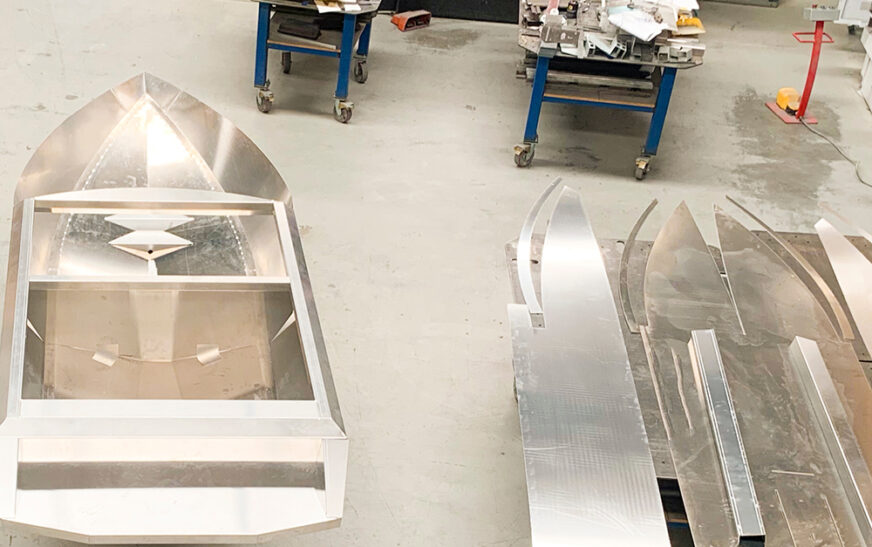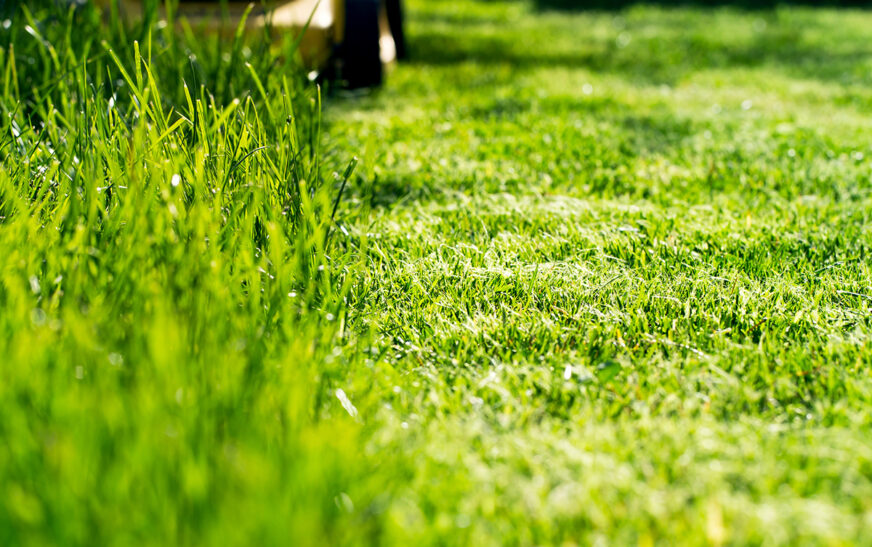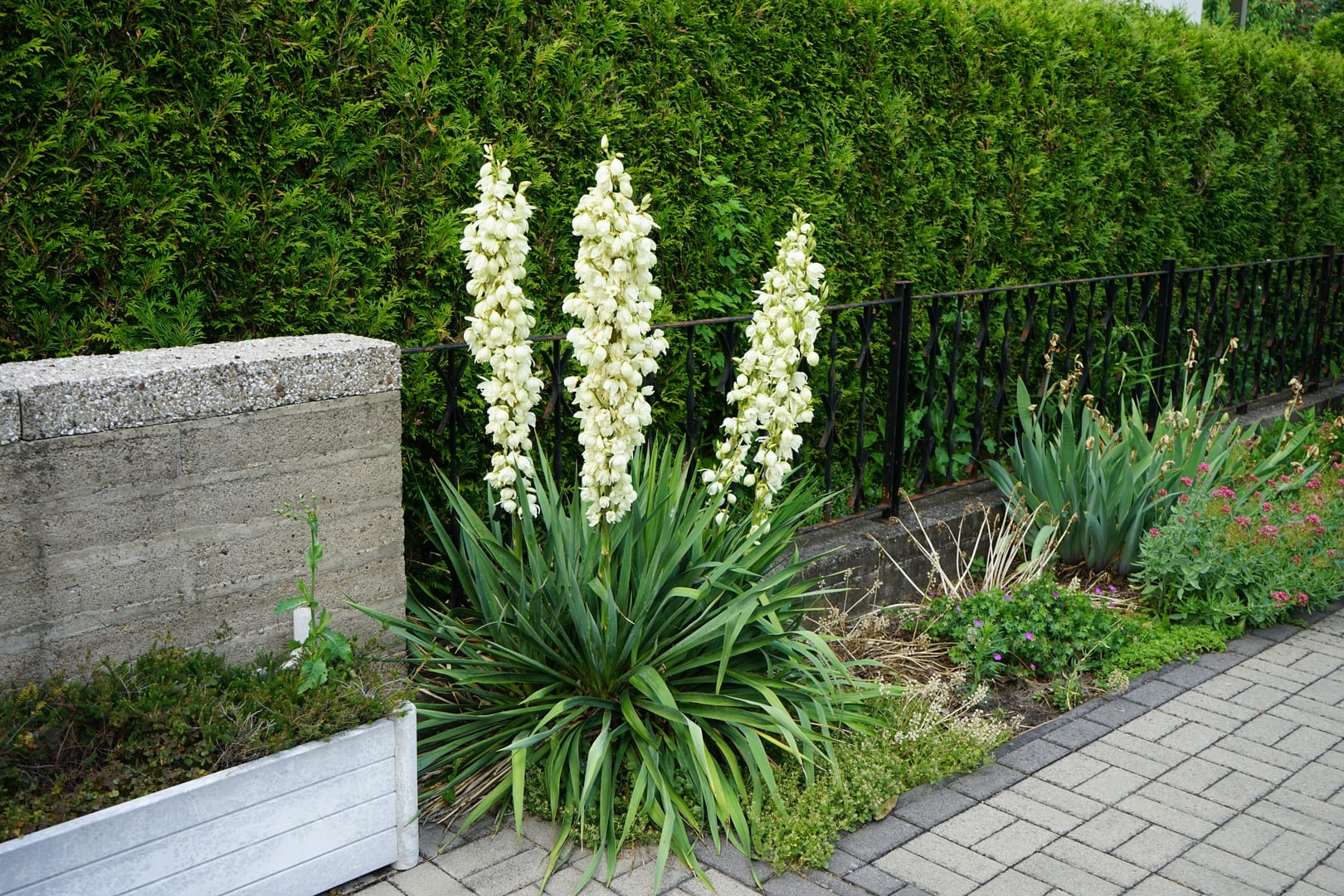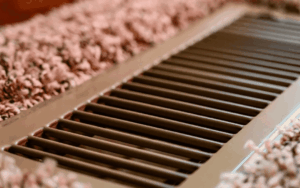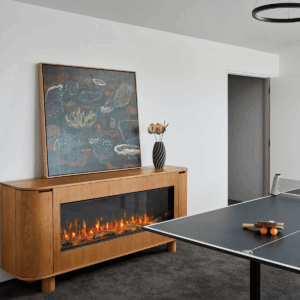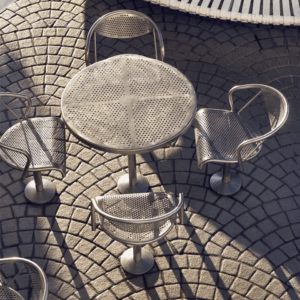The right mini jet boat hull design can make all the difference in performance, durability, and handling. Whether you’re looking for agility in tight turns, maximum speed, or the ability to handle rough conditions, selecting the correct hull type is crucial. Below, we explore the different types of mini jet boat hulls and their key characteristics.
Flat-Bottom Hulls: Maximum Speed and Shallow Water Capability
Flat-bottom hulls are one of the simplest and most effective designs for mini jet boats, especially when running in extremely shallow water. These hulls provide minimal resistance, allowing the boat to plane quickly and reach high speeds with less power. They are ideal for smooth water conditions and straight-line performance but can struggle in rough or choppy waters.
Pros:
- Excellent speed and efficiency
- Ideal for extremely shallow water
- Lightweight and easy to manoeuvre
Cons:
- Poor performance in rough conditions
- Less stability in turns
- More prone to sliding compared to other hull types
Flat-bottom hulls are perfect for those who prioritise speed and running in the skinniest water possible, but they require skill to handle effectively in more challenging conditions.

V-Hull: Stability and Rough Water Performance
V-hull designs are commonly found in larger boats but have also been adapted for mini jet boats to improve handling and comfort. The deeper the V, the better the hull can cut through choppy water, reducing the impact of waves and providing a smoother ride.
Pros:
- Improved stability in rough conditions
- Better handling in turns
- Smoother ride in choppy waters
Cons:
- Requires more water depth than a flat-bottom hull
- Slightly slower to plane compared to flat-bottom hulls
- Increased drag reduces top speed
A V-hull is a great option for riders who frequently navigate rivers with rapids or choppy conditions where stability is key. It offers a balanced combination of control and comfort but sacrifices some shallow water capability.
Modified V-Hull: The Best of Both Worlds
A modified V-hull takes elements from both flat-bottom and deep V-hulls, offering a compromise between speed, handling, and shallow-water capability. These hulls typically feature a slight V-shape at the bow that flattens toward the stern, improving stability while still maintaining good performance in shallow waters.
Pros:
- Versatile design suitable for different water conditions
- More stability than a flat-bottom hull
- Can still operate in relatively shallow waters
Cons:
- Not as fast as a true flat-bottom hull
- More water resistance than a full V-hull
- Handling varies depending on hull angle and modifications
For many mini jet boat owners, the modified V-hull is a practical choice, balancing the need for speed, stability, and manoeuvrability across different water conditions.
Tunnel Hull: Enhanced Lift and Efficiency
Tunnel hulls are designed with an air pocket or tunnel built into the hull, which helps lift the boat out of the water for improved efficiency. These hulls are commonly used in performance racing and shallow-water applications where maintaining high speeds while skimming over the surface is essential.
Pros:
- Increased lift and reduced drag
- Can operate in extremely shallow waters
- Good high-speed performance
Cons:
- Less predictable handling at lower speeds
- Can be difficult to control in rough water
- Requires precise power and weight distribution
Tunnel hulls are often favoured by experienced jet boat enthusiasts who demand the best possible performance in specific conditions, particularly in rivers with shallow stretches that require maximum lift.
Step Hull: Improved Planing and Speed
A step hull design features notches or steps along the bottom of the hull that help reduce drag and improve water flow. This design enables the boat to get on plane faster, increasing fuel efficiency and top-end speed.
Pros:
- Faster acceleration and higher top speeds
- Improved fuel efficiency
- Reduced drag for smoother performance
Cons:
- Can be more challenging to control
- Reduced stability at low speeds
- Requires precise engineering for optimal performance
For those looking to push their mini jet boat to the limit in terms of speed and efficiency, a step hull can be an excellent choice, but it requires skill and experience to handle properly.
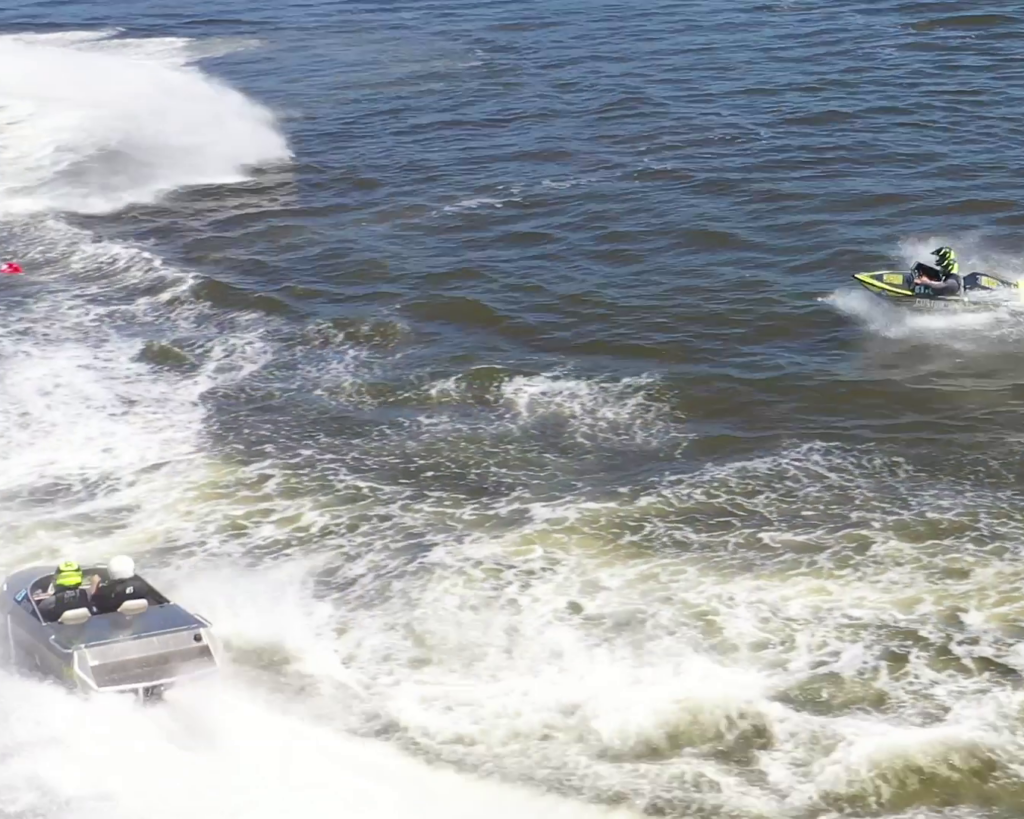
Choosing the Right Hull for Your Needs
Selecting the right hull type depends on your specific needs and where you plan to use your mini jet boat. If speed and shallow-water capability are your priorities, a flat-bottom or tunnel hull might be the best choice. If you need stability and rough-water performance, a V-hull or modified V-hull could be a better fit. For those looking for a high-speed, high-performance ride, a step hull offers an exciting option.
Key Factors to Consider:
- Water Conditions: Are you primarily navigating shallow, calm waters or rough, unpredictable rivers?
- Speed vs. Stability: Do you prioritise top-end speed, or is control and comfort more important?
- Experience Level: Some hull types require more skill to handle than others.
- Weight and Load Capacity: Certain hull designs handle added weight better than others.
Final Thoughts
Understanding the different mini jet boat hull types is essential for making an informed decision that suits your needs. Whether you’re looking for a high-speed, shallow-water sprint machine or a stable and reliable boat for navigating tougher conditions, there’s a hull design that will work for you. By considering the pros and cons of each hull type, you can choose the best option for your adventures on the water.

